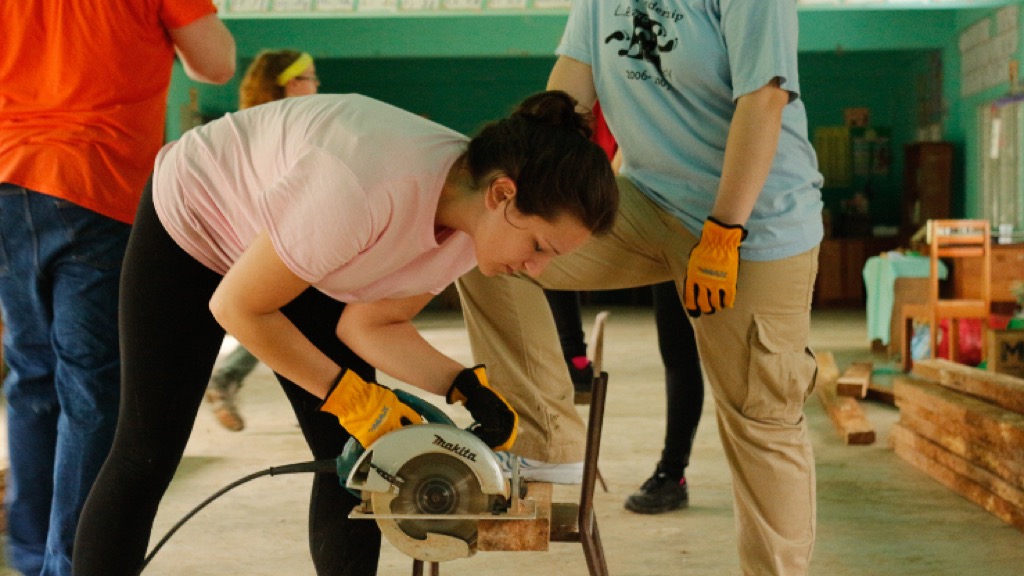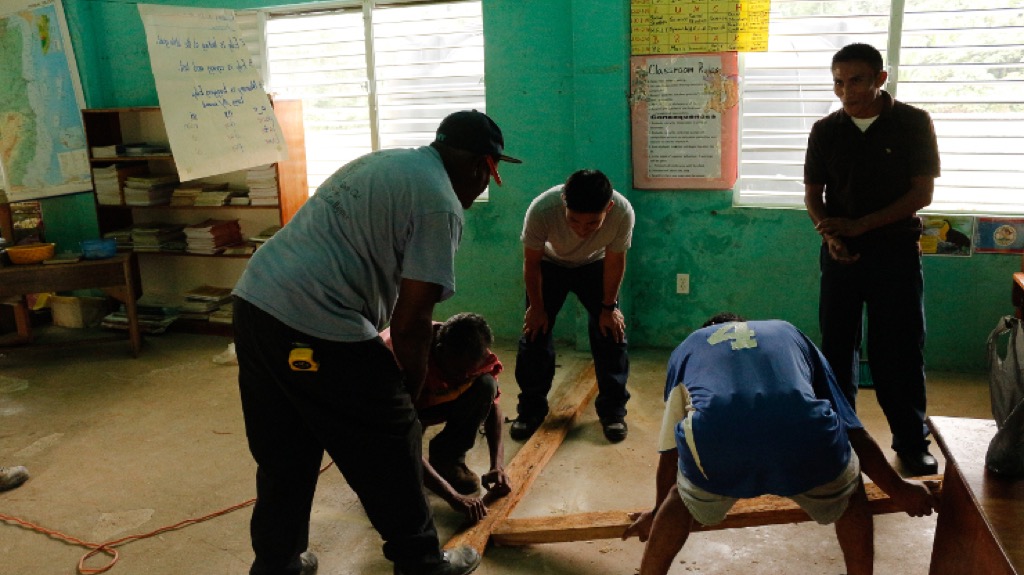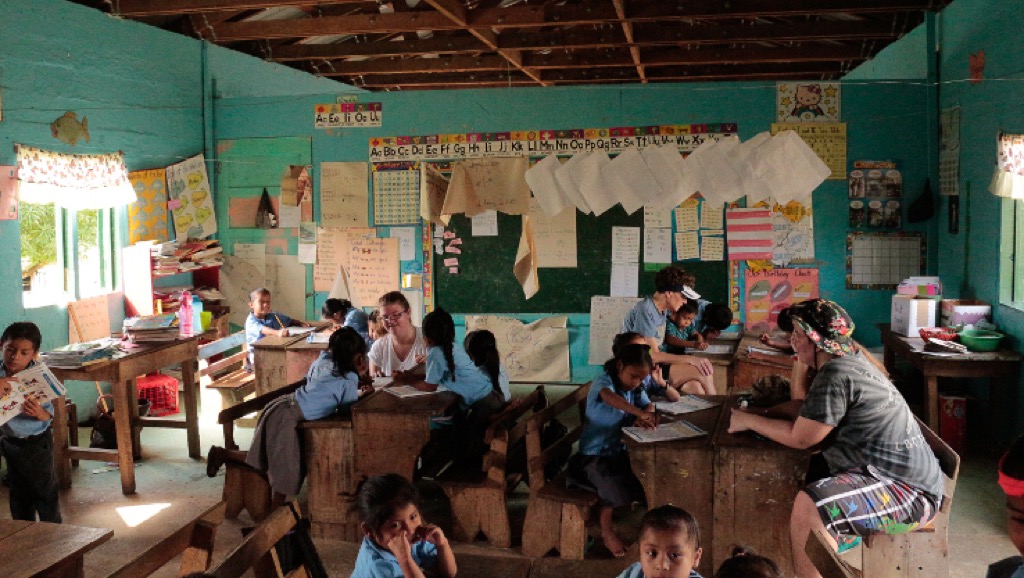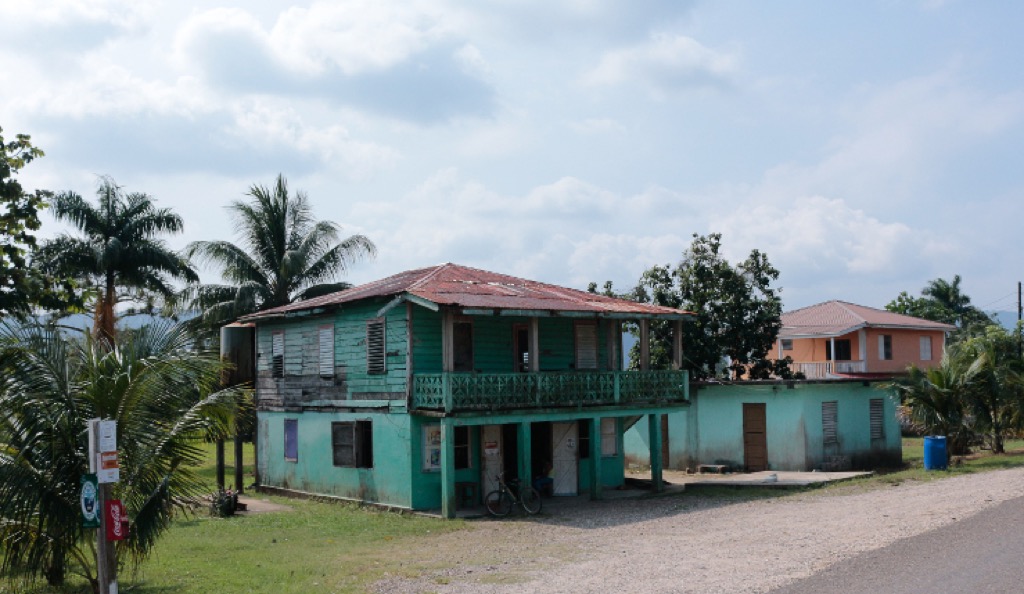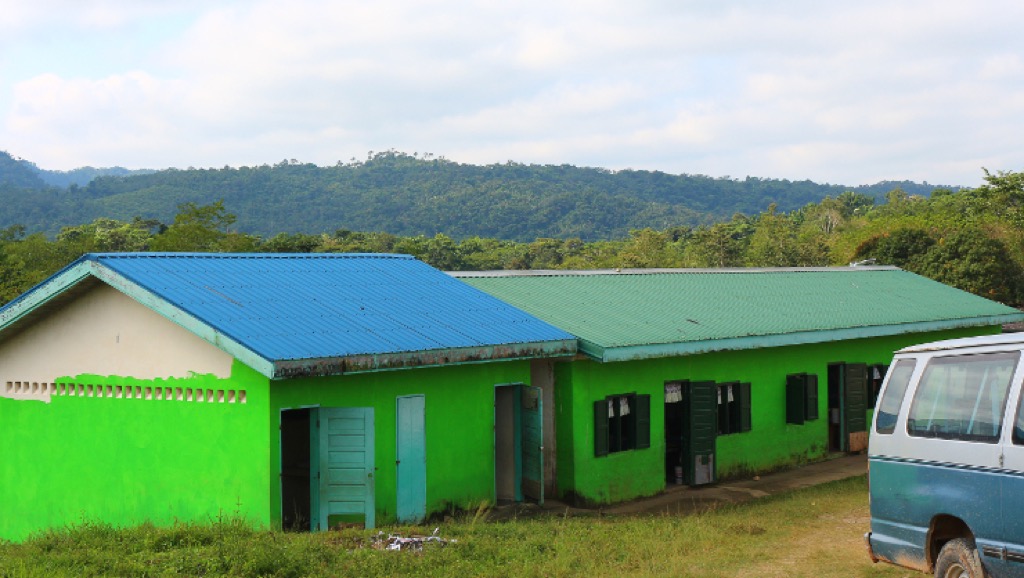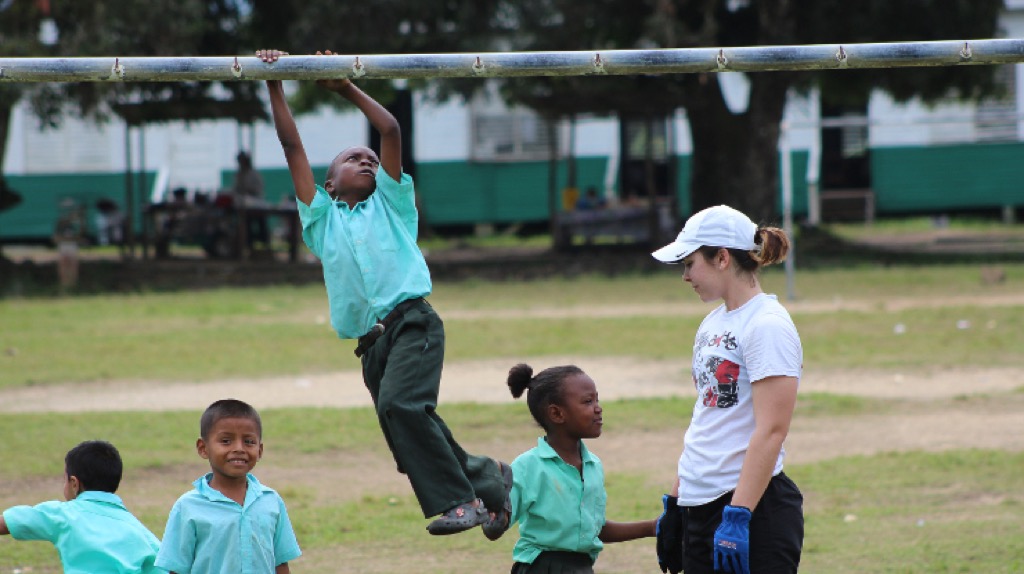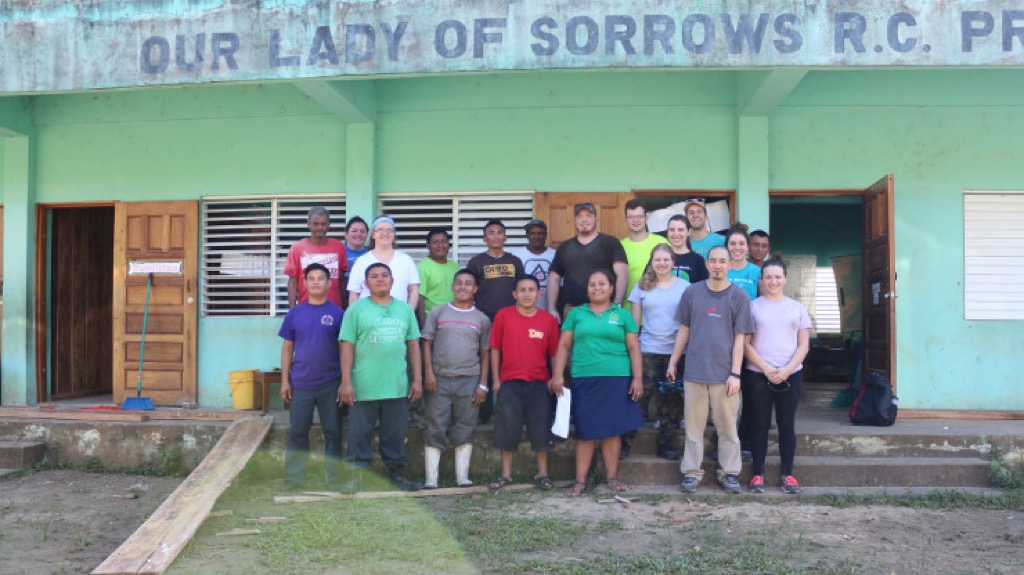Caldwell University
February 1, 2016
Caldwell Students Serve in Remote Villages in Belize
Caldwell, N.J., Feb. 1, 2016 – Seven Caldwell University students spent part of their winter break serving in remote villages in southern Belize, Central America.
Katlyn Houtz, a junior and an education and psychology major, said highlights for her were working in the school in Dolores where they assembled the framing for dividing walls for classrooms and having the opportunity to get to know the principal. “I loved her story,” said Houtz, explaining that the teacher grew up in a village and was very good at mechanics and engineering but her father wanted her to become a teacher. She was able to attend high school and college, which is not the norm for females. Now that principal is focused on making education more readily available to girls.
Professor Thomson Ling, associate professor of sociology and counseling, was one of the chaperones. He was happy they could help build basic things to improve people’s lives. “On the first day, we constructed steps that would allow children at the school to reach the dumpster when throwing out classroom trash.” They also helped with building the walls to divide the one- room building into separate classrooms. “I can’t imagine what it was like to learn in an open space where there are several other classes and teachers all trying to run classes at the same time.”
John McLaughlin, a junior and a nursing major, was struck by the poverty of the region and by how welcoming and polite the people were. After seeing what the Mayan people go without in material terms, he could only tell himself, “Don’t complain.”
The group painted the exterior of a church in the small village of Pueblo Viejo and “spent a day in Santa Cruz removing an old, rusty tin roof off of a church and preparing the structure for reroofing,” said Ling.
At first it was an adjustment to go without the comforts of home including Internet access, being able to text anytime and all the time or eating what they wanted when they wanted. But by doing without they gained. “It was nice to disconnect. It makes you look at things in front of you,” said Houtz. They got a break from having to “post this or that,” said McLaughlin.
Houtz said that the atmosphere made “you take a step back from what you are used to … you gain insights into how they live … they appreciate what they have, their family, their religion,” she said.
The other chaperones were Tim Kessler-Cleary, director of student engagement, and Meghan Moran, assistant director of student engagement. The other students who attended were Catherine Carlson, Sean Puzzo, Alyssa Otto, Danielle Schiavone and Amy Hickman.
This was the third time the university had sponsored a mission trip to the Toledo district on the Caribbean Sea. In addition to their service work, the group attended Mass at St. Peter Claver Church in Punta Gorda and took a trip to the Mayan ruins in Lubbantun.
Ling said the most rewarding part of the trip for him was seeing the dedication of the Caldwell students. “No matter what the task, our students stepped up to do it. I don’t recall a single complaint from any of our students the entire trip. You could really tell our students were there for the right reasons.” He said the trip underscored how people are connected. “No matter distance or culture, there are commonalities that we share. Just because there were cultural or language differences didn’t mean we couldn’t come together and accomplish great things.” One of his memories was interacting with a villager in Dolores. “We spoke different languages and mostly communicated with gestures and the few words of English he knew, but it was clear we were both motivated to construct the classroom walls.”
In the evenings after their workday, the Caldwell students and staff gathered for dinner and chores and were able to enjoy time with each other without distractions. “Everyone on this campus should go,” said McLaughlin.






